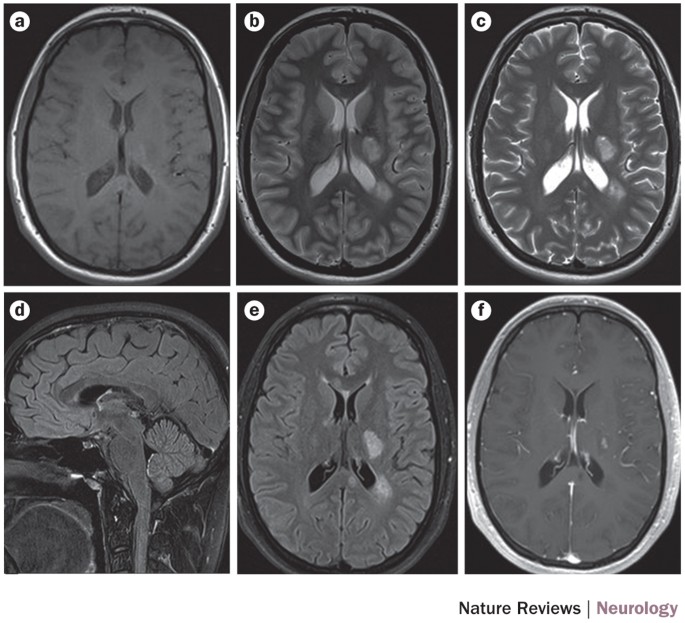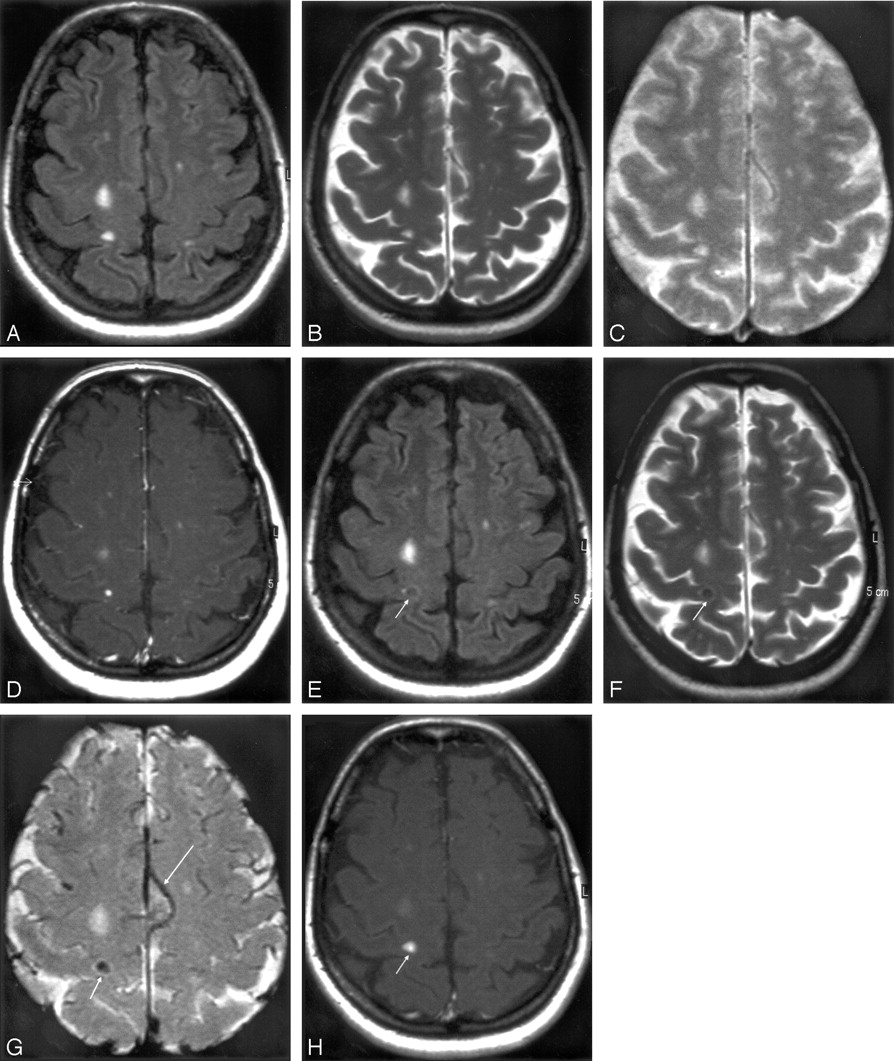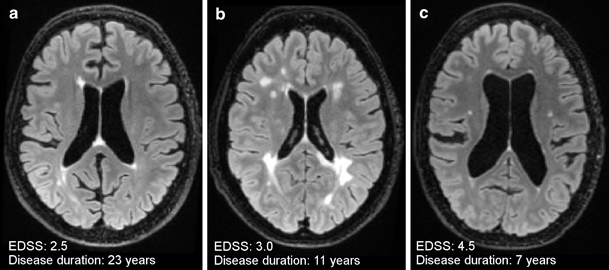Multiple Sclerosis Mri Brain With Contrast

Mri is one of the most sensitive diagnostic tools for the detection and monitoring of ms lesions.
Multiple sclerosis mri brain with contrast. Brain mri without contrast agent is just as effective as the contrast enhanced approach for monitoring disease progression in patients with multiple sclerosis ms according to a new study in the. The multiple sclerosis mri protocol involves high resolution multiplanar imaging of the brain and spinal cord with contrast enhancement. Ms care team widespread use of mri magnetic resonance imaging has revolutionized the ability to diagnose multiple sclerosis. C evoked potential testing to check the speed of your nerve responses any delay can indicate inflammation.
A mri s of the brain and cervical spine with and without contrast to look for active and inactive liaisons. These types of lesions are new or getting bigger due to. Some plaques may show contrast enhancement in the active phase 7 11. Disease related changes in the brain or spinal cord are detected by.
Not only can an mri confirm the diagnosis see mcdonald diagnostic criteria for multiple sclerosis but follow up scans can assess response to treatment and help determine the disease pattern. Mri has revolutionised the diagnosis and surveillance of patients with ms. Mri scans can detect damage in the central nervous system which comprises the brain and spinal cord. Susceptibility mri contrast variations reflect alterations in brain iron and myelin content.
Ms related lesions appear on mri images as either bright or dark spots depending on the type. B possibly a lumber puncture spinal tap to look for proteins and o bands in the fluid around your brain and spine. Multiple recent studies provide evidence of tissue deposition of mr imaging contrast agents questioning the long term safety of these agents. Patients with multiple sclerosis routinely have mr imaging with contrast every 6 12 months to assess response to medication.

















